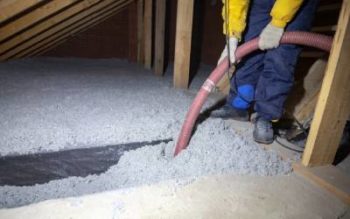
You do a lot to keep your home running smoothly. And, while we here at Loyal Termite & Pest Control are capable of handling a wide range of residential pest control situations, we would rather you not have to call for extermination in the first place. Wouldn’t it be better to have a constant pest defense system in your home, one that can kill a variety of insect pests while also saving you money and fostering sustainability? All of that’s possible with TAP® Insulation. But why would a pest control company install insulation? And what can our services do to make your home more comfortable and improve your quality of life? Let’s talk about it below.
TAP® Insulation Frequently Asked Questions
Q. How can TAP® Insulation kill pests?
A. The loose-fill cellulose is coated with a layer of Boric acid, and when pests come into contact with them it coats their bodies. Eventually, the mineral gets into their system when they groom themselves or each other, and since insects are unable to pass it, they eventually die of dehydration or malnutrition.
Q. What Makes TAP® Insulation eco-friendly?
A. TAP Insulation is made up of over 80% recycled materials, and the Boric acid that infuses the cellulose is a naturally occurring mineral. TAP Insulation also functions as a quality insulator, and since it allows your HVAC appliances to run less and use less energy, it lowers your household’s carbon footprint.
Q. How does TAP® save me money?
A. Installing TAP® will result in you paying less for your energy bills. And since it provides a near-constant defense from a wide variety of pests, you reduce the chance of having to pay for pest control treatment. There is, of course, the cost of installation. But TAP lasts almost indefinitely and very quickly pays for itself.
Q. Does TAP® kill rats, mice, or wildlife?
A. The concentration of Boric acid isn’t enough to kill pests larger than roaches, beetles or snails. Because of that, they won’t affect rodents or larger wildlife. That’s a good thing, as it means TAP poses no risk to you, your children, or even your pets!
Q. What do I need to do before installing TAP® Insulation?
A. Possibly nothing! TAP is easily applied over existing insulation. If your current material is damaged by rodents or moisture, you could take this as an opportunity to remove it and start fresh. Otherwise, you can easily install TAP over fiberglass or spray foam for added pest-killing protection.
Loyal Termite & Pest Control for TAP® Insulation
TAP Insulation is only one of the services we offer for our friends and neighbors in Eastern & Central Virginia. You may need something less preventative and more active. Do you have a pest infestation, be it rats in the walls or ants on the countertop? If that’s the case, we have the experience and skill set you need to end the infestation. And once your home is pest-free*, we have the strategies to keep that up for many seasons to come. Want to learn more and get your free quote? Loyal Termite & Pest Control can answer any questions you may have. Contact us today to get started!

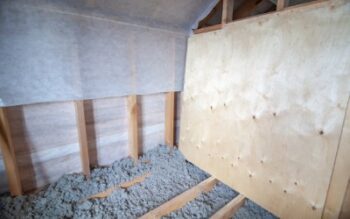 est-free all winter long? There is. It’s called Thermal Acoustic Pest Contol insulation or TAP® insulation. At Loyal Termite and Pest Control,
est-free all winter long? There is. It’s called Thermal Acoustic Pest Contol insulation or TAP® insulation. At Loyal Termite and Pest Control, 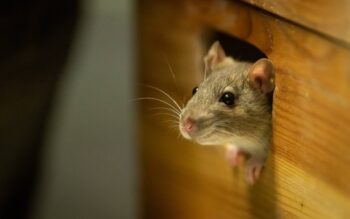
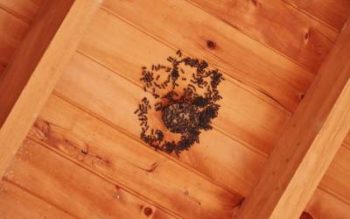
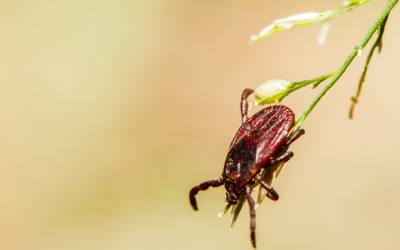 The end of summer might seem like the start of a stretch of pest-free* living, but this is often far from the case. Several kinds of pests actually thrive in or are even built for the conditions of the late summer here in Eastern & Central VA. If you want to secure pest-free* living situations for the last portion of your summer, you have to take consistent and targeted efforts to discourage bugs and wildlife from hanging out around your property. Read on to learn about common late summer pests and what you can do to stop them with our expert exterminators at Loyal Termite & Pest Control!
The end of summer might seem like the start of a stretch of pest-free* living, but this is often far from the case. Several kinds of pests actually thrive in or are even built for the conditions of the late summer here in Eastern & Central VA. If you want to secure pest-free* living situations for the last portion of your summer, you have to take consistent and targeted efforts to discourage bugs and wildlife from hanging out around your property. Read on to learn about common late summer pests and what you can do to stop them with our expert exterminators at Loyal Termite & Pest Control!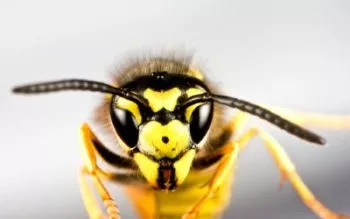
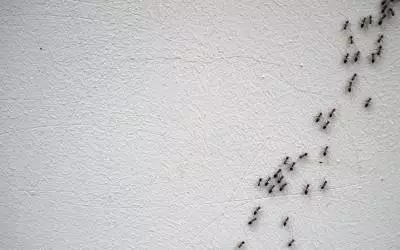 Many different species of
Many different species of 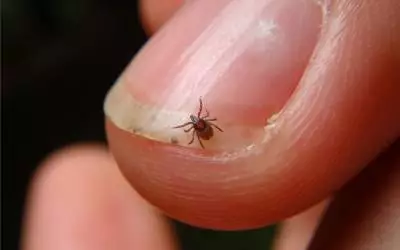 There’s not much creepier than finding a tick trying to lodge itself in your skin. However, the real danger associated with ticks is the potential for Lyme disease. Hiding in the dark corners of shaded woods and dense vegetation, ticks lurk waiting for the time to sneak up on potential hosts, possibly infecting them with bacteria that will lead to serious long-term ailments. To keep yourself safe from ticks and their diseases, it’s crucial to learn about their habits so that you can confidently keep away. Read on to learn more about ticks and Lyme disease in Eastern & Central VA with the tick exterminators at Loyal Termite & Pest Control!
There’s not much creepier than finding a tick trying to lodge itself in your skin. However, the real danger associated with ticks is the potential for Lyme disease. Hiding in the dark corners of shaded woods and dense vegetation, ticks lurk waiting for the time to sneak up on potential hosts, possibly infecting them with bacteria that will lead to serious long-term ailments. To keep yourself safe from ticks and their diseases, it’s crucial to learn about their habits so that you can confidently keep away. Read on to learn more about ticks and Lyme disease in Eastern & Central VA with the tick exterminators at Loyal Termite & Pest Control!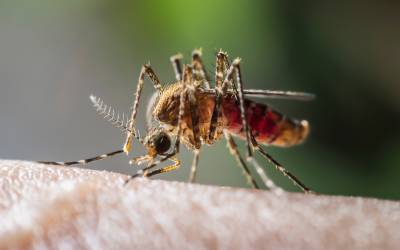 Are you one of the unfortunate people that can’t help but attract
Are you one of the unfortunate people that can’t help but attract 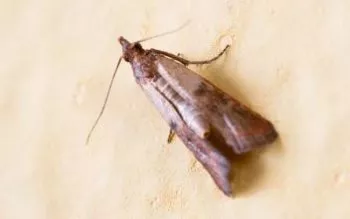 An Indian meal moth infestation is a problem that most people don’t ever think about until it hits them. Of all of the pantry pests living in Eastern & Central VA, Indian meal moths are one of the most important to watch out for. These moths feed and breed in boxes of dry food products, often remaining concealed until their infestation’s numbers grow to numbers we have no choice but to notice. If you’re noticing small, white, larval insects or moths with maroon-tinged wings in your kitchen or cupboards, read on. The pantry pest exterminators at Loyal Termite & Pest Control are here to teach you more about Indian meal moths and how to get rid of them.
An Indian meal moth infestation is a problem that most people don’t ever think about until it hits them. Of all of the pantry pests living in Eastern & Central VA, Indian meal moths are one of the most important to watch out for. These moths feed and breed in boxes of dry food products, often remaining concealed until their infestation’s numbers grow to numbers we have no choice but to notice. If you’re noticing small, white, larval insects or moths with maroon-tinged wings in your kitchen or cupboards, read on. The pantry pest exterminators at Loyal Termite & Pest Control are here to teach you more about Indian meal moths and how to get rid of them.